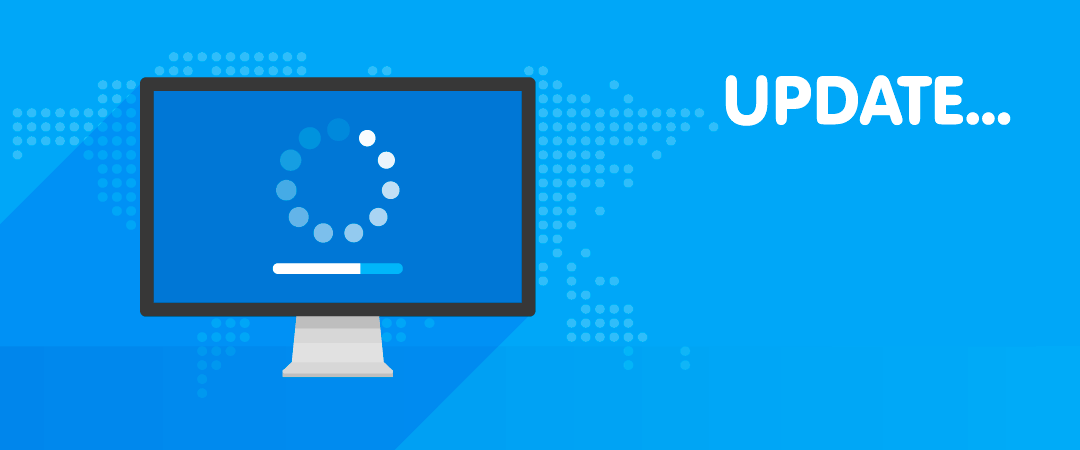
Microsoft has been threatening for a while to implement a semi-annual channel for servers (much like Windows 10) that will give you two major upgrade versions per year, and it’s finally happening. With that, there is a new Windows Server version (1709) out, but there is also a lot of confusion about it. Let’s clear that all up.
What Are the Windows Server Update Models?
Traditionally, Windows Server has had a new version every two to five years, which typically came with new features, functionality and changes. That model is going to continue and be referred to as the long-term servicing channel, also known as LTSC. These versions will still release every two to three years, and continue the normal support cycle of five years of mainstream and five years of extended support.
However, there is now a new servicing model classified as the semi-annual channel. This model will get new minor releases of the product twice a year, a speed Microsoft calls “cloud cadence.” These minor releases won’t be as major of a change as, say, 2012 R2 to 2016, but will include significant new functionality and features. Each of these will be supported for 18 months. If you keep upgrading through the semi-annual channel releases, you get new features rapidly and support continues. Most all of those features from semi-annual channel will then go through the long-term channel with a new LTSC release.
The Devil’s in the Details
There are several changes that come immediately out of the gate with the first semi-annual release. For example, Nano Server will only be for containers in the semi-annual channel, but will still be supported for its previous features in LTSC Windows Server 2016. Semi-annual channel is also going to be server core only, no GUI/desktop version of Windows. That means that if you need a desktop UI, you are going to have to stick to LTSC. Further, several features are already removed from the first semi-annual channel, including IIS6 management, IIS digest authentication, iSNS, RSA/AES encryption for IIS, and old PowerShell 2.0. New PowerShell is still fully supported. Surprisingly, 1709 does not include Storage Spaces Direct (S2D). According to Microsoft, the functionality that was desired from S2D wasn’t going to be complete in time for the 1709 release, so they pushed it until the next release (anticipated March, 2018).
To Adopt Semi-Annual Channel or Not?
As mentioned earlier, semi-annual channel is only going to support each release for 18 months, and you’ll get the next version ONLY if you have SA. Presumably tied to all of this, semi-annual has a completely different installer. It won’t present as a big patch like in Windows 10, but a completely separate install. That means that migrations to it may be more difficult. So what’s the takeaway?
Semi-annual channel is the direction Microsoft wants everything to go. More frequent releases, of smaller code changes rather than a monstrously large change every two to three years. Right now, there is still a lot of uncertainty about just how exactly it’s going to work practically. The exclusion of any form of UI immediately rules it out for a lot of people. There are lots of unknowns around exactly how future updates come (as a big update or full re-build of the server) and how the SA requirement is going to be enforced. In the end, weigh your environment carefully which way probably makes sense. Do you have the agility and “cloud cadence” to be able to roll major new releases every six to 12 months to keep support? Do you need all the new features immediately? Do you need a GUI? Most environments will find some parts of semi-annual they like and some of LTSC as well.